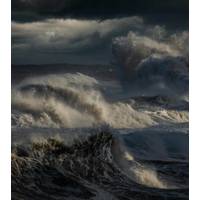
Researchers Team Up to Investigate Costal Wave Breaking
Scientists from the University College London (UCL), the National Oceanography Centre (NOC), and the École Normale Supérieure (ENS) Paris-Saclay have joined forces to shed more light on the role of coastal wave breaking in global climate modeling.Under the WAVECLIM project, scientists from UCL, NOC and ENS will use novel observations of coastal wave breaking, advanced modeling, and machine learning to determine the importance of the coastal wave breaking, deemed notoriously complex and challenging-to-measure phenomenon.Specifically, the WAVECLIM project will look to fill a
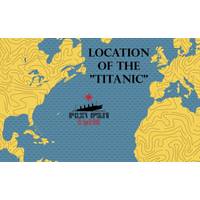
Missing Titanic Submersible Update: Searchers Detect Subsea Sounds
face major obstacles both in finding the Titan and in saving the people aboard, according to experts.In the event of a mid-dive emergency, the Titan's pilot would likely have released weights to float back to the surface, according to Alistair Greig, a marine engineering professor at University College London. But absent communication, locating a van-sized submersible in the vast Atlantic would prove challenging, he said.The submersible is sealed with bolts from the outside, preventing occupants from escaping without assistance even if it surfaces.If the Titan were stuck on the ocean
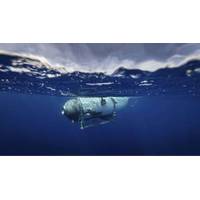
Titanic Tourist Sub Still Missing as Rescuers Race Against Time
significant challenges both in finding the Titan and in saving the people aboard, according to experts.If the submersible experienced an emergency in mid-dive, the pilot would likely have released weights to float back to the surface, according to Alistair Greig, a professor of marine engineering at University College London. But absent any communication, locating a van-sized submersible in the vast Atlantic could prove challenging, he said.If the Titan is on the ocean floor, a rescue effort would be difficult due to the extreme conditions more than two miles below the surface. The Titanic lies 12,500
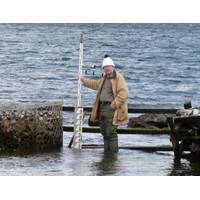
Obituary: Dr. David Thomas Pugh (1943-2022)
of David’s life in science.David Thomas Pugh was born in wartime on July 13, 1943. Although his birthplace was Liverpool, where his father was a police officer, the family moved shortly afterwards to Trefnanney in Powys where his two parents taught at the same school. He was an undergraduate at University College London and was awarded a PhD in Geodesy and Geophysics from Cambridge University in 1968. His thesis was entitled ‘The Thermal Environment of the Deep-Sea Floor’. This work involved David in his share of sea-going, in the company of scientists from the National Institute of
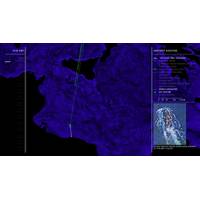
National Maritime Museum acquires Liquid Traces: The Left to Die Boat Case from Forensic Oceanography
Museum -- Royal Museums Greenwich, UK -- has recently acquired Liquid Traces: The Left to Die Boat Case, a video made by Forensic Oceanography researchers Lorenzo Pezzani and Charles Heller in 2014.Forensic Oceanography is a project that emerged out of Forensic Architecture based at Goldsmiths, University of London. Liquid Traces interrogates the impact of policies and practices of abandoning migrant vessels in distress in overlapping jurisdictions, as evidenced during the First Libyan Civil War in 2011.The video reconstructs the route of a small boat that was carrying seventy-two people away from Libya
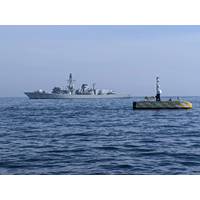
Autonomous Navigation – with or without GNSS
. He oversees the development and delivery of all products and systems, including those for marine autonomy applications. Before joining Sonardyne, Malik spent nine years working in the software industry on various development and systems integration projects. He has an MSc in Hydrographic Survey from University College London
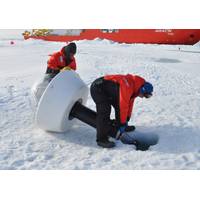
EcoLight AZFP Buoy to Monitor Light and Under-Ice Zooplankton
mostly by available backup battery capacity. This satellite link is bi-directional allowing for the downloading of data as well as the ability to reconfigure instrument parameters remotely.Others involved in this project include Dr. Lovro Valcic (Bruncin Observation Systems); Dr. Julienne Stroeve (University College London); Dr. Michael Karcher (Ocean Atmosphere Systems—OASys); Dr. Hauke Flores (AWI); Dr. Gaëlle Veyssiere (BAS); Dr. Marcel Nicolaus (AWI); Dr. Frank Kauker (OASys); Dr. Mario Hoppmann (AWI) and Dr. Joo-Hong Kim and Dr. Eun-Jin Yang (Korean Polar Research Institute&mdash
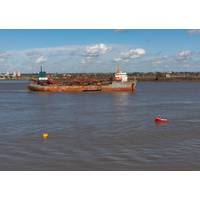
PLA, USS Support University College London Course
The Port of London (PLA) Hydrographic department teamed up with Unmanned Survey Solutions (USS) to provide educational support to University College London’s (UCL) IHO CAT A course in Hydro-graphic Surveying.The PLA have supported the University by providing lectures in current Hydrographic techniques and equipment as well as supporting their student field projects. However, due to COVID-19 restrictions, the final element of this year’s support had to be conducted virtually. The PLA, in conjunction with the USS and UCL, devised a two-week schedule which incorporated a combination
Tracking Ship Emissions from Space
A new ground-breaking study by University College London (UCL) Energy Institute, Imperial College and the University of Oxford shows how satellite tracking could be used to monitor compliance with the upcoming IMO 0.5% sulfur emission regulations and Emission Control Areas (ECA).Research conducted by their own researchers, UCL Energy and the University of Oxford and published today in Geophysical Research Letters, has unveiled discoveries that appear important on many levels for they describe the impact of shipping emissions on the climate: because fossil fuel emission particles from ships affect the
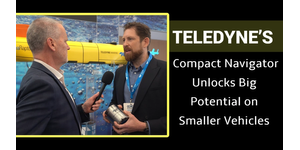
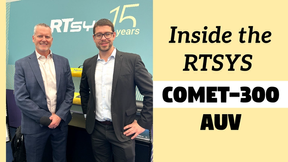

 February 2025
February 2025





